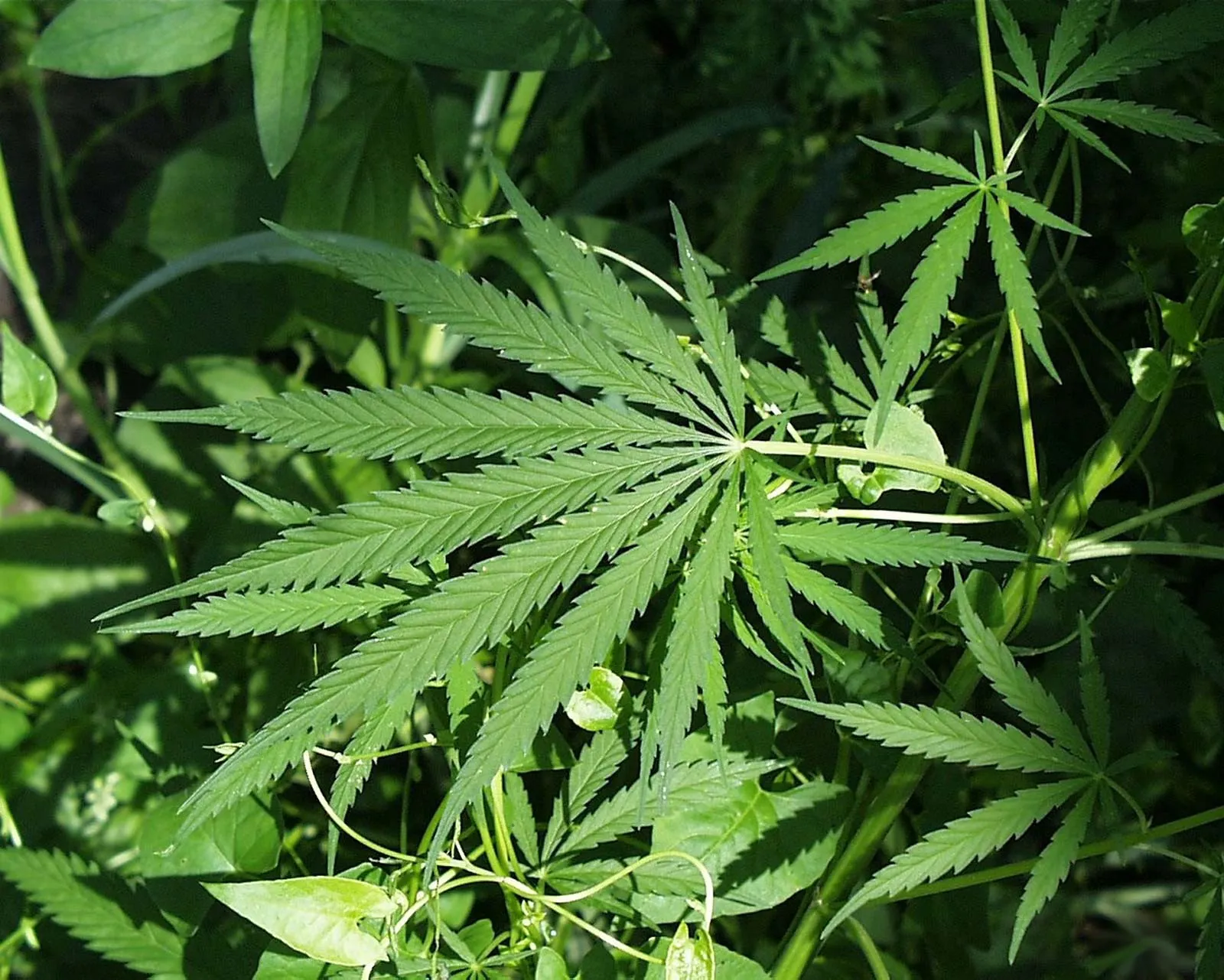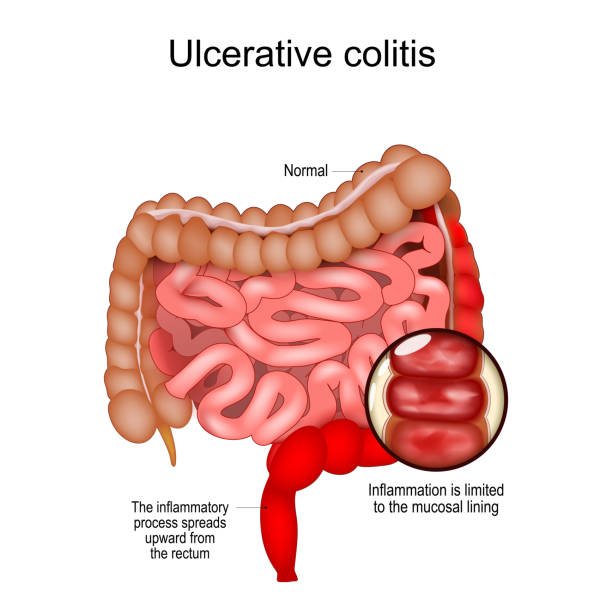When Canada flipped the switch on cannabis prohibition in October 2018, it did so with a mix of celebration and apprehension. On one side stood advocates for a public-health-informed, legal cannabis market, hoping to end decades of punitive enforcement and open the doors to harm reduction. On the other side stood skeptics, worried that legalization would flood the streets—and homes—with more users, more misuse, and more problems.
Now, with five years of legal cannabis behind it, a landmark study out of McMaster University is painting a surprisingly nuanced picture—one that challenges alarmist predictions and suggests that responsible use, not rampant abuse, may be the lasting legacy of Canada’s cannabis legalization experiment.
The Big Question: What Happens After Legalization?
Public health debates around cannabis legalization have long centered on a core tension: would legal access normalize cannabis use to the point of excess? Or could bringing cannabis into the light of day reduce harms, empower informed choices, and displace black-market dynamics?
These questions have been explored in U.S. states with legal cannabis, but studies there have yielded inconsistent results. Some show significant upticks in cannabis use, particularly among older adults. Others attribute those trends to broader cultural shifts rather than changes in law. In short, evidence has remained clouded—until now.
In a comprehensive, five-year prospective cohort study titled “Cannabis Use and Misuse Following Recreational Cannabis Legalization,” published in JAMA Network Open, McMaster University researchers sought to provide clarity by tracking cannabis behaviors among Canadian adults before and after legalization.
Their findings suggest that legalization in Canada has not sparked the wave of misuse many feared. In fact, in some cases, legalization appears to have moderated risky behaviors—particularly among those who were using cannabis most heavily before the law changed.
Following the Same People Over Time: A Rare Lens
What makes this study stand out is its design. Rather than comparing different people at different points in time (a method that can introduce bias), the researchers conducted a prospective cohort study—one of the most powerful tools in public health research.
Beginning in September 2018, just before Canada legalized recreational cannabis, the researchers enrolled 1,428 adults from across Ontario, ranging in age from 18 to 65. All participants were recruited from a research registry housed at St. Joseph’s Healthcare Hamilton, and agreed to complete biannual online assessments tracking their cannabis use habits and patterns of misuse.
Over the next five years, from 2018 to 2023, researchers followed this group with careful precision—measuring not just how often people were using cannabis, but how problematic that use was.
Measuring More Than Just Use: The Misuse Factor
Tracking frequency of use alone doesn’t tell the whole story. After all, someone might use cannabis often without experiencing any negative effects, while another person might use it infrequently but still suffer serious consequences. That’s why the study also measured misuse, defined through an eight-question survey assessing markers like dependence, impaired control, failed responsibilities, and negative impacts on daily life.
This dual approach allowed researchers to ask a more sophisticated question: not just whether people were using cannabis more often, but whether that use was becoming more harmful.
The Numbers: A Modest Rise in Use, A Notable Drop in Misuse
So what did the researchers find?
Across the full cohort, cannabis use frequency rose slightly over time. Specifically, there was a 0.35% annual increase in the proportion of days cannabis was used over a six-month period. Spread out over five years, that equals a total increase of just 1.75%—a modest uptick by any standard.
But here’s the twist: even as frequency ticked up, misuse declined. The misuse scores dropped by 0.08 points annually, totaling a 0.4-point reduction over five years. That means participants were reporting fewer problems related to their cannabis use even as use became a bit more common.
Most strikingly, these positive shifts were most prominent among frequent users prior to legalization. In that group, both use frequency and misuse declined—suggesting that legalization may have encouraged safer, more mindful consumption among those at greatest risk.
What Happened During COVID? A Surprising Turn
One of the most intriguing observations from the study came in the wake of an event that reshaped nearly every facet of life: the COVID-19 pandemic. Contrary to early assumptions that isolation and anxiety would lead to increased cannabis misuse, the data showed that reductions in problematic use were especially noticeable after the pandemic began.
This doesn’t mean cannabis use didn’t rise for some during lockdown—it certainly did in certain populations—but it suggests that for the general adult public in Ontario, legalization didn’t exacerbate the stress of the pandemic in the way some feared. In fact, it may have coincided with a trend toward more moderate or health-conscious cannabis use.
Shifts in the Cannabis Market: Products Get Cleaner and Quieter
Legalization didn’t just change the laws—it transformed the products themselves, and that transformation appears to have influenced user behavior.
The McMaster team examined how participants’ product preferences shifted over the five-year period. At the start of legalization, cannabis use was dominated by traditional forms—dried flower, hashish, and concentrates. These forms often involve combustion (smoking) and can deliver very high doses of THC, the psychoactive component of cannabis.
Over time, though, users began to favor edibles, cannabis-infused liquids, and vape pens. These options offer more precise dosing and a more discreet, often less harmful, method of consumption.
That shift may help explain the drop in misuse. Legalization opened access to regulated, quality-controlled products, allowing users to explore safer options and make more informed decisions.
Different Patterns for Different People
One of the study’s most valuable insights was the diversity in cannabis experiences. Not everyone responded to legalization the same way.
- Frequent users before legalization showed declines in both frequency and misuse.
- Occasional users and nonusers saw modest increases in use—but these were not associated with increased misuse.
This suggests that legalization did not create a new wave of problematic users. Instead, the shift may have normalized low-level or occasional use among people who were already curious, while nudging heavy users toward moderation.
Legalization as a Public Health Strategy
In the public discourse, cannabis legalization is often framed as a moral or political issue. But in Canada, it was also designed as a public health intervention—an attempt to undercut black market sales, reduce criminalization, and provide safer access to cannabis products.
The McMaster study is one of the first pieces of long-term, empirical evidence that this strategy may be working. Instead of increasing harm, the data suggest that legalization has coincided with healthier patterns of use, particularly for those who were most at risk.
This doesn’t mean legalization is without risks. There remain valid concerns about youth access, advertising, and high-potency products. But five years in, the Canadian experiment seems to have dodged the worst-case scenarios—and even produced some positive surprises.
Where Do We Go From Here?
For policymakers, researchers, and public health experts, the McMaster study offers a blueprint for future cannabis regulation. It highlights the importance of:
- Ongoing surveillance to track trends over time, especially among vulnerable populations.
- Product regulation and education, ensuring users have access to accurate information and lower-risk options.
- Distinguishing use from misuse, so that public health efforts target the behaviors most likely to cause harm.
And for the rest of us, the message is clear: legalization does not inevitably lead to chaos. With the right safeguards and a commitment to evidence-based policy, it can open the door to safer, smarter, and more humane cannabis use.
The Human Side of the Data
Behind the statistics are real people—1,428 of them in this case—who allowed their lives, habits, and choices to be studied over half a decade. Their willingness to participate in this research makes it possible to move beyond speculation and into understanding.
Their story tells us that adults are capable of adapting. That given the tools, the knowledge, and the freedom to choose, many people will make healthier decisions—not just in spite of legalization, but because of it.
In a world where public health decisions are often made amid fear and misinformation, studies like this one offer a rare commodity: clarity. And in doing so, they help lay the groundwork for a more informed, compassionate, and effective approach to drug policy—one grounded not in panic, but in evidence.
Reference: André J. McDonald et al, Cannabis Use and Misuse Following Recreational Cannabis Legalization, JAMA Network Open (2025). DOI: 10.1001/jamanetworkopen.2025.6551






